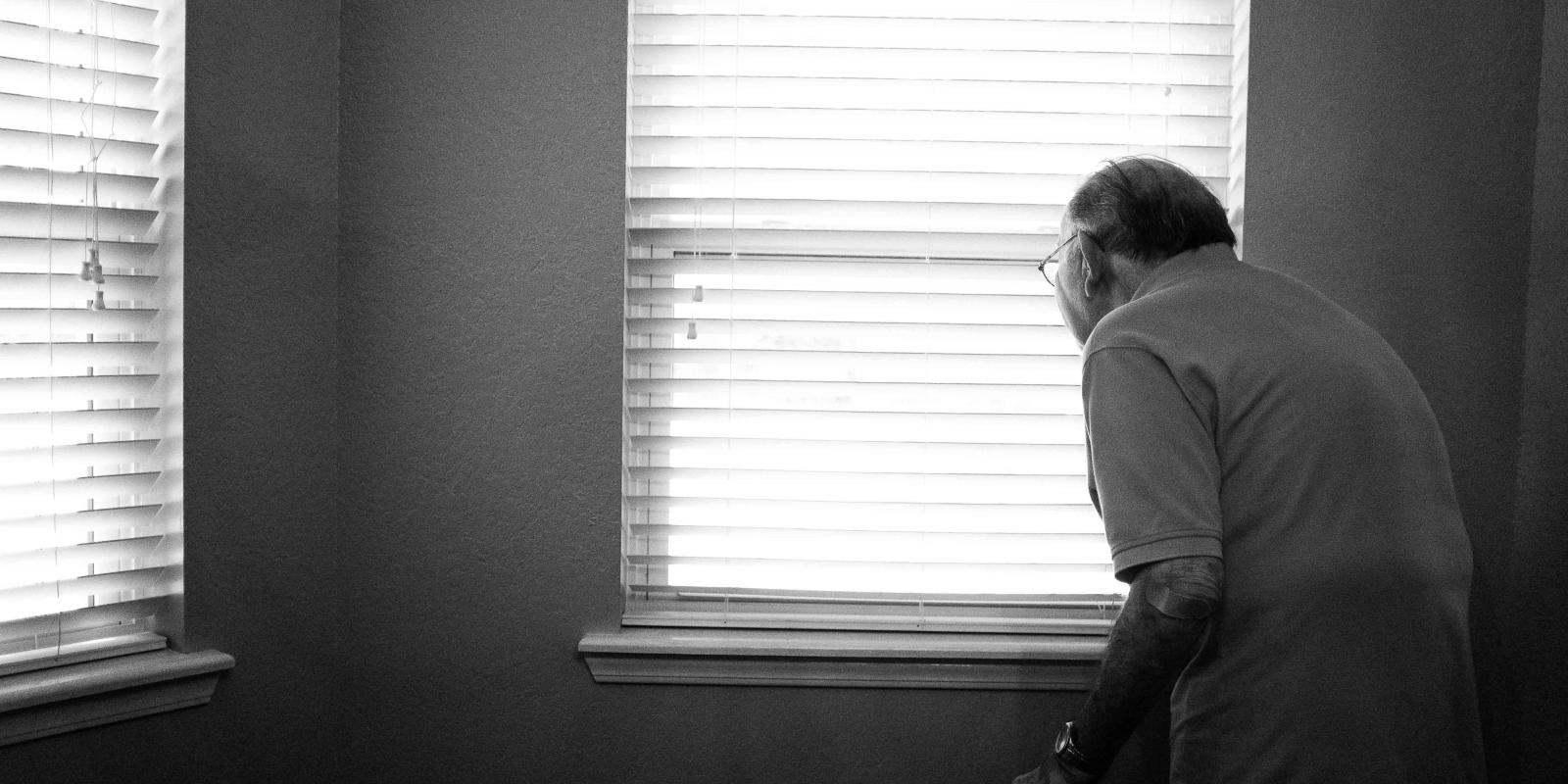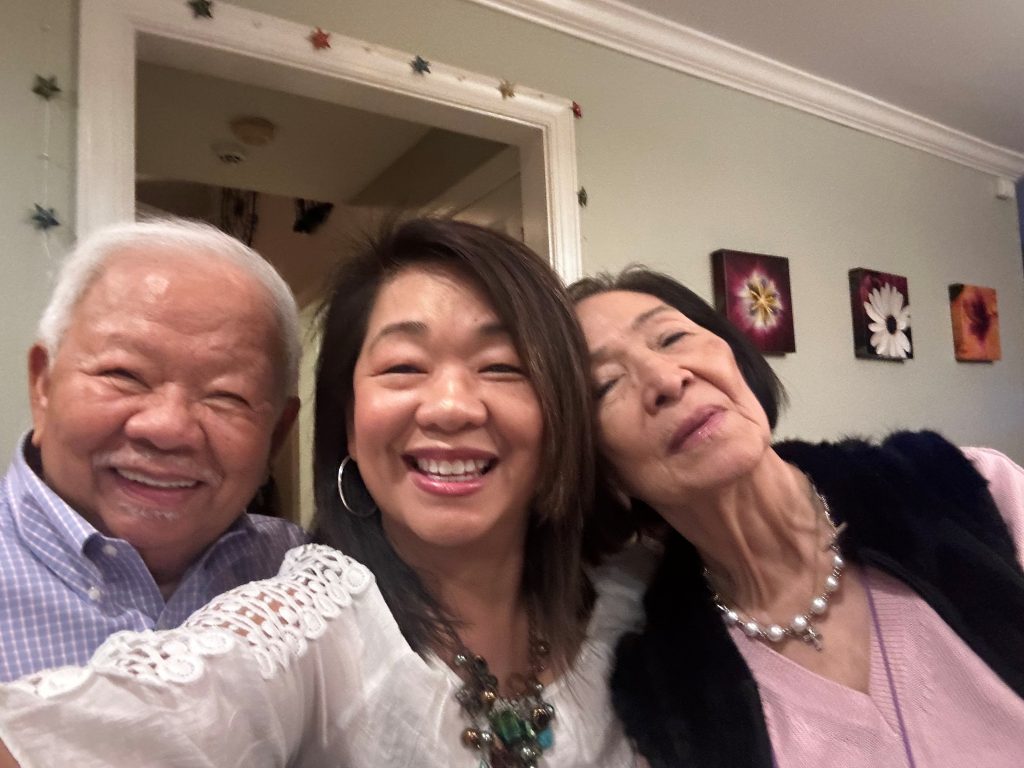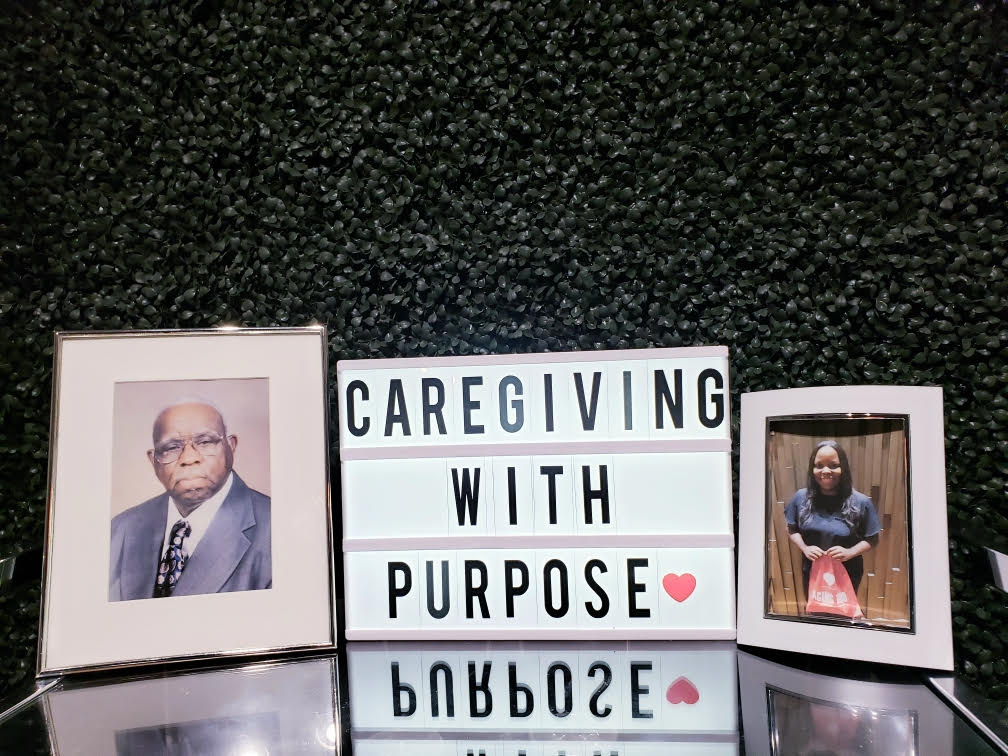During the COVID-19 pandemic, the media has focused on numbers in nursing homes—numbers of cases, numbers of deaths—even numbers of staff or of face masks. Yet the news has missed the human experience behind those numbers: what has it been like to live in a nursing home during “shutdown”? The news, and civic leaders, have ignored isolation, depression and fear among residents, and anxiety and grief among family and friends.
The last decades saw a small group of culture change reformers who aimed to make nursing homes more home-like, emphasizing quality of life over institutional efficiency and medical imperatives. Culture change is rooted in the philosophy that a nursing home is a home, not an institution. Residents should live as comfortably and meaningfully as possible, on their own terms. A full life includes interactions with others: shared laughs, warm hugs and meaningful relationships.
Even before COVID-19, nursing home life often lacked such connections, especially because the direct care workforce is understaffed, inadequately trained and supported and poorly paid. These challenges, to a great degree, result from low Medicaid payments and nursing home owner and operator profit motives. Nevertheless, it is the direct care workforce, along with interactions with other nursing home residents and visits of family and friends, which form the lifeline for nursing home residents.
As the news filled with nursing home COVID-19 outbreaks and deaths, The Centers for Medicare & Medicaid Services (CMS) responded with a swift and well-intentioned effort to protect residents from infection. On March 13, 2020, CMS issued guidance to nursing homes for canceling group activities and communal meals. Except for necessary care, residents were confined to their rooms, only seeing staff and their roommate, if they had one. In that same communication, CMS restricted all visitors, with exceptions only for “compassionate care.”
While not all residents have regular visitors, some residents are used to daily visits from spouses, children, grandchildren and friends. Congregate activities and community-dwelling visitors are central for residents to have relationships and to be included in community life. The CMS direction abrogated these activities. Further, infection control precautions prevent friendly interchange with the staff, who now appear in gowns, gloves, masks and shields (when available). Even residents were instructed to don masks and adhere to social distancing, which was unrealistic for many in the nursing home population. Staff shortages arising from COVID-19 further limited the time staff had to spend with residents.
Weighing the Risks of Isolation vs. Infection
Suddenly, 1.3 million Americans living in nursing homes were consigned to involuntary solitary confinement for their own protection. That mandate has lasted more than three months. Has it protected nursing home residents from COVID-19? And, has this isolation been good for residents? The answer to the first question is uncertain and mixed. By mid-June, more than half of the nation’s nursing homes have had COVID-19 infections. In most facilities, infections spread to other residents and staff. Yet, on average, lock-down probably did delay initial infection and reduce the rapidity of spread. So, claiming that isolation “protected” nursing home residents from COVID-19 is likely overstated, but partly true.
However, has prolonged solitary confinement been justified? Studies show that social isolation can be as harmful to health as smoking 15 cigarettes a day. Beyond the physical effects, many residents, families and friends suffered emotional harm from their forced estrangement. Residents who value their right to self-determination also suffered harm to their dignity by being denied a say in their own lives.
Trying to stop confused residents from walking in the hall has been problematic. Many nursing home medical directors report having to use sedatives or even physical restraints in such instances, and are seeing rising rates of delirium. It is past time to consider whether the delay in COVID-19 infection that solitary confinement has achieved is worth these harms, to nursing home residents and to each resident and family who might prefer to make a person-centered judgment call.
Public policies must balance the need for protecting older adults with their need for socialization and self-determination. This dilemma is complex, of course. However, with the real possibility of a second wave of COVID-19 in the late fall, regulators and policymakers must begin to craft fair and equitable solutions. Stakeholders need to collaboratively generate a written statement of the situation—the risks, the effects of immunity, the likelihood of infection with and without isolation (all with caveats that these are subject to change as more is learned about COVID-19). Then each facility needs to make clear how they can promote choice.
Residents and families, guardians and surrogates should be provided with the best available information and have discussions that reflect the resident’s preferences. Would this person rather take his or her chances with more visiting and human interaction or would this resident and family prefer to stay in isolation? No matter what those choices are, policymakers should provide the testing and PPE that mitigates risks as much as possible.
Once a facility knows the immune status and preferences of its residents, staff and visitors, the facility may need to reassign rooms and roommates, which further disrupts the social fabric. On the macro level, policies that increase nursing home residents’ exposure to COVID-19 such as the transfer of COVID-19 positive patients to inadequately prepared long-term care facilities should be avoided.
And throughout, nursing homes need more staff and more training for direct care workers, including developing rapid assistance teams for nursing homes with sudden stress from a COVID-19 outbreak. But for now, older adults should not be forced to be in solitary confinement without a thoughtful decision by the resident or their surrogate to undertake that course. To do otherwise perpetuates infantilization of residents, and ageism for this population.
Nancy Kusmaul, PhD, LMSW, is an associate professor in the Baccalaureate Social Work program at the University of Maryland Baltimore County in Baltimore, Md. Angela Mattie, MPH, JD, is professor of Management & Medical Sciences at Quinnipiac University in Hamden, Conn. Joanne Lynn, MD, is an analyst in the Program to Improve Eldercare at Altarum, in Washington, DC, and a former geriatrician and hospice physician. All three authors are 2019¬-2020 Health and Aging Policy Fellows.
This article is part of a series to appear in AgeBlog and Generations Today, by the 2019-2020 Health and Aging Policy Fellows.













